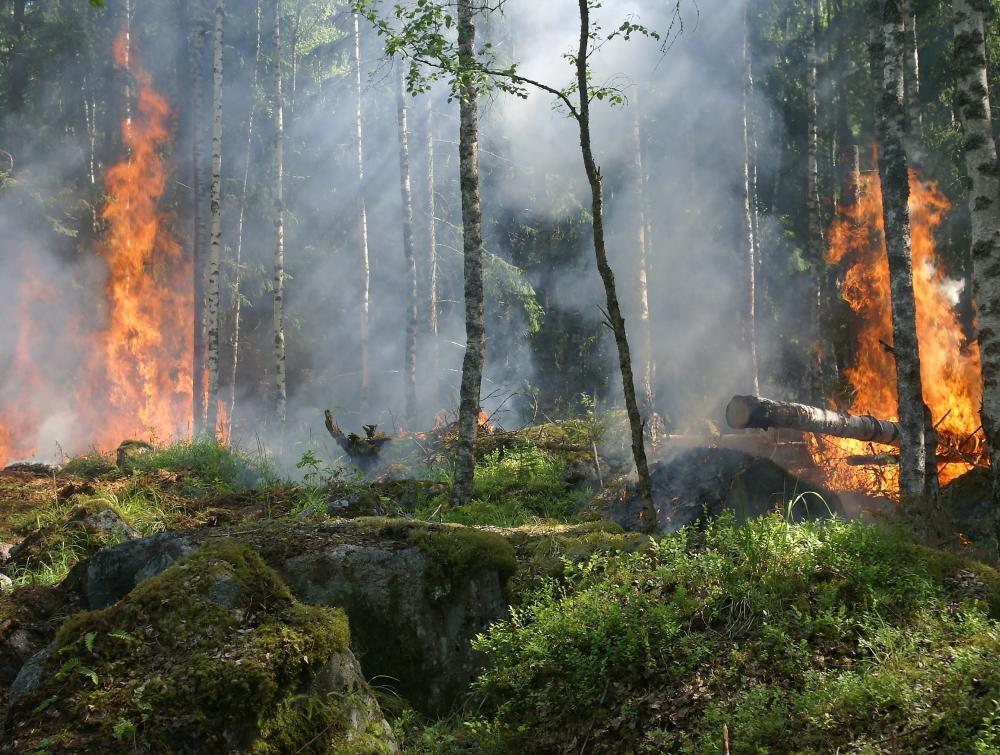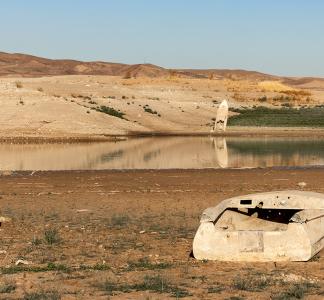New climate change report: “code red for humanity”

Pixabay
Swift action on public lands can help to slow down global warming
The Earth is now almost certain to warm 1.5 degrees Celsius within the next two decades, according to an alarming report released by the United Nation's Intergovernmental Panel on Climate Change (IPCC) on Aug. 9. The warming would trigger even more extreme weather events than we’ve been experiencing, including severe drought and dangerous heat waves. And if we don’t act immediately, the report says, we could see another 4 degrees of warming compared with the preindustrial era.
It is more critical than ever to throw everything we have at solving the climate crisis and that must include taking our public lands back from polluters and putting those lands to better use. If done right, our public lands, such as national forests, parks, refuges and Bureau of Land Management (BLM) lands, can help provide a solution.
IPCC scientists have stated without a doubt that the climate crisis is caused by human behavior. Since the industrial revolution, we’ve been releasing excessive amounts of greenhouse gases into the atmosphere that trap heat into our planet. Most of these gases come from the burning of fossil fuels for energy, heating and transportation needs.
Deforestation has also contributed to record levels of carbon dioxide (CO2), the main greenhouse gas. Forests, especially the ones with old-growth trees like the Tongass National Forest in Alaska can absorb and trap large quantities of CO2. But when they are logged or destroyed, those carbon bombs end up in the air, further contributing to climate change.
There’s hope, but we need to act fast
The IPCC report does offer some hope. The panel found that swift government action, including President Biden’s pledge to eliminate America’s net carbon emissions by 2050, could make a difference. While fulfilling this promise won’t stop climate change, it could reduce greenhouse gases to the point of avoiding global warming 4 degrees compared with the preindustrial era.
Here’s where public lands come in. The United States is the second-largest emitter of greenhouse gases globally, just behind China. Combined, oil, gas and coal extracted from public lands and waters account for roughly a quarter of the country’s annual greenhouse gas emissions.
Combined, oil, gas and coal extracted from public lands account for roughly a quarter of the country’s annual greenhouse gas emissions.
The right set of policies from the federal government and legislative branches to better manage public lands and waters could make a difference in ten years. Phasing out fossil fuel development from public lands, boosting renewable energy, protecting landscapes, among other actions, could reduce that contribution to less than 7 percent by 2030.
Public lands should be a part of the solution and offer an immediate opportunity for the federal government to take much-needed climate action.



